Differences in appearance characteristics of Arabica coffee beans how to distinguish the rosy summer of tin Cabernet?
Coffee lovers have noticed that there are some "experts" around, they can casually take a look at coffee beans can tell the variety of coffee, origin and other information, let you marvel. How do they do it?
Although the individual beans we come into contact with are Arabica coffee beans, there are still many differences in the appearance of different varieties of Arabica beans. If you want to judge what kind of beans they are by their appearance, you must carefully observe each kind of coffee beans and find out their characteristics and remember them. Yes, is it the same way to learn the senses of coffee?
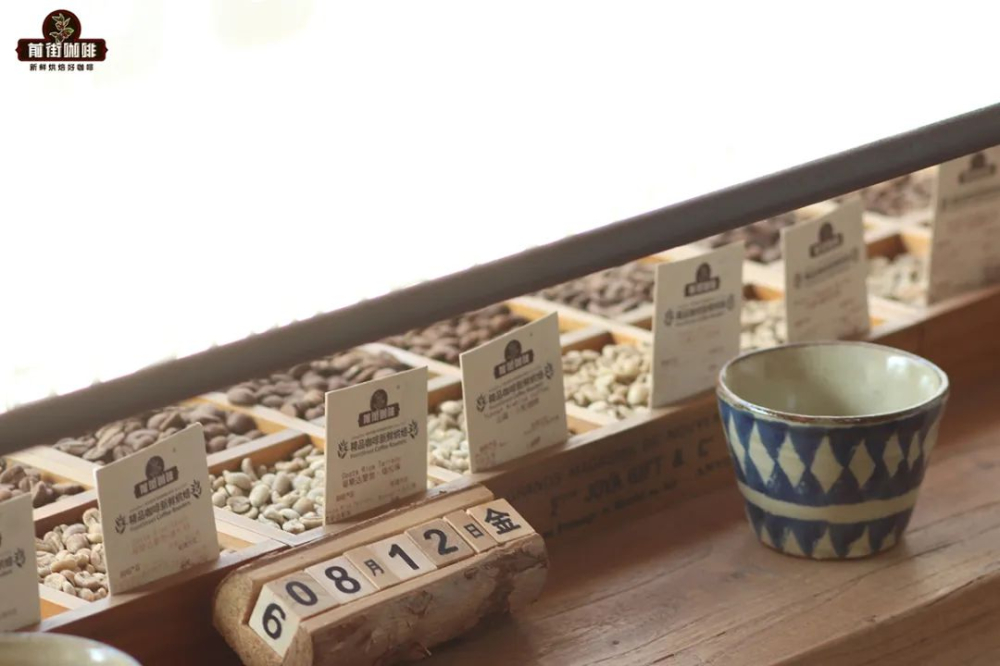
So, let's follow the front street to get to know these coffee beans that look the same. In view of the fact that there are few ways for people to get in touch with raw beans, the pictures used in the front street all use cooked beans. If you happen to have a bag of coffee beans around you, you can also learn to use them now and grab one to observe and judge. First of all, let's talk about the tin pickup, the public template of Arabica. If you open the coffee book, as long as there is a picture of Arabica coffee beans, then nine times out of ten, the beans on the picture are tin cards. The bean shape of the iron pickup is generally oval, slender, flat and full, and looks very standard.

Bourbon coffee is a natural variety of iron pickup coffee. The iron pickup coffee tree originally planted in Yemen has mutated and the coffee beans are round, so it is also known as round coffee beans. Later, the French planted a batch of round coffee seeds on the island of Bourbon (present-day Reunion), and the name of bourbon coffee spread. Today, Brazil is a major producer of bourbon coffee. The shape of bourbon coffee beans is characterized by two short segments, short, fat and round, and the particle size is the same as that of a tin truck.
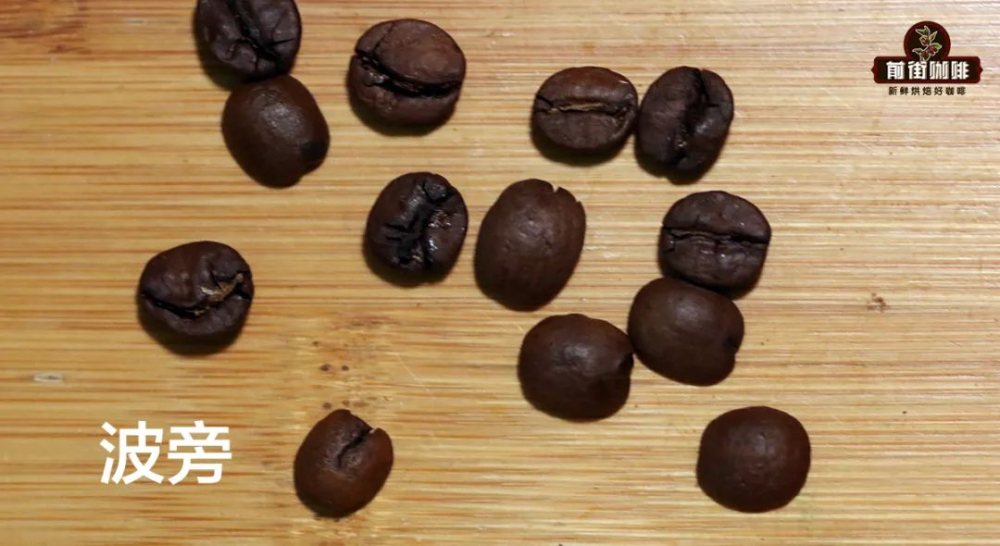
The two coffee varieties, Iron pickup and bourbon, are known as the ancient varieties of Arabica, and most of the following widely cultivated coffee varieties are variants of these two varieties.
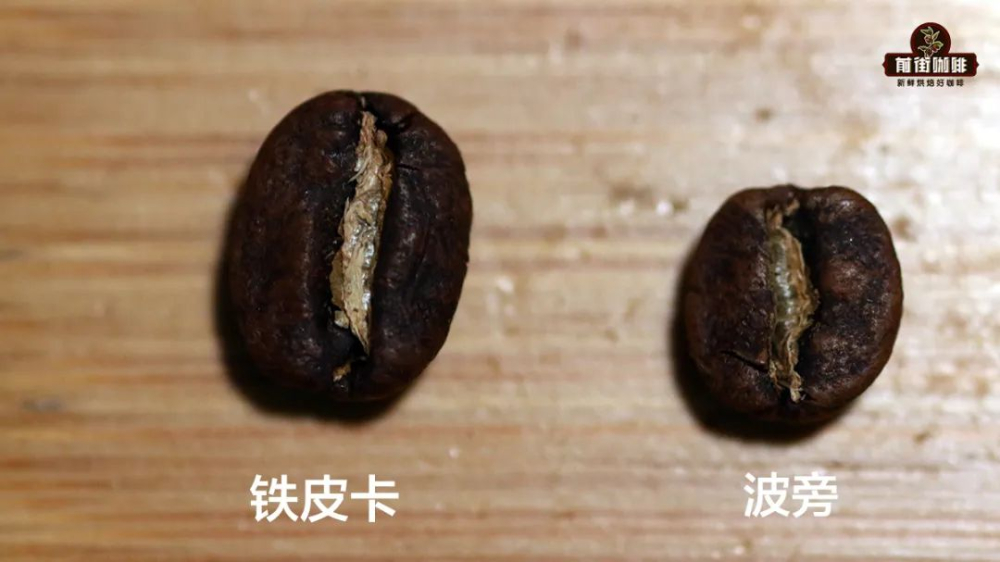
The most classic of SL28&SL34 is SL28 and SL34, which are widely cultivated in Kenya. Note that these are two different varieties of coffee. These two varieties belong to the results of classic artificial breeding. SL is actually an acronym for "Scott Laborotary" Scott Lab. The laboratory was set up to study coffee cultivation. 42 coffee varieties were found in the wild and cultivated in the experimental field (note, this is artificial breeding, not artificial hybridization). After more than 10 years of breeding, SL28 and SL34 were selected for Kenya.
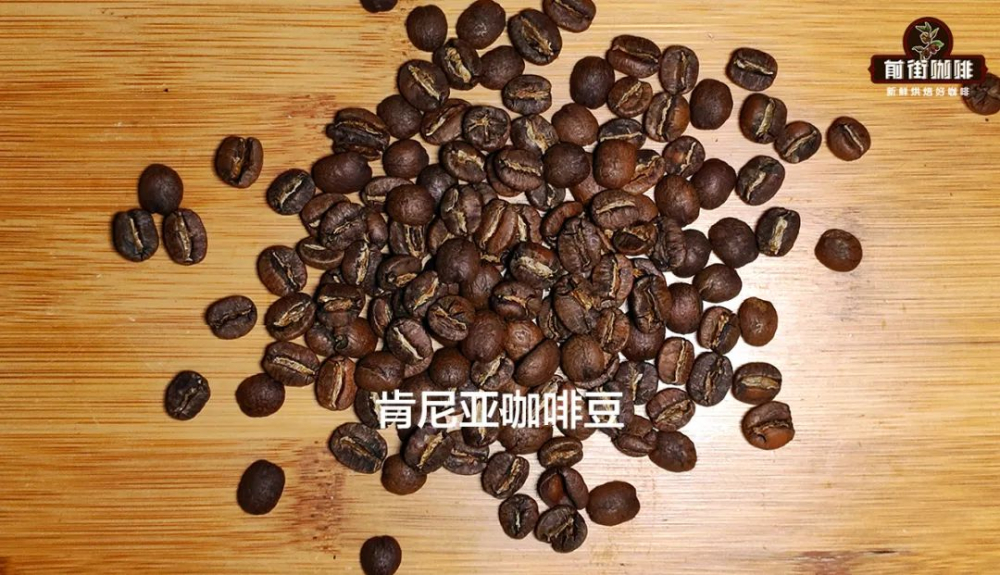
Later, after the study of experts, it was found that SL28 belongs to bourbon or its variety, and SL34 belongs to iron pickup or its variety. So we can see that different coffee is mixed in Kenyan coffee beans and classify them by appearance, and we can get a more round SL28 and a longer SL34.
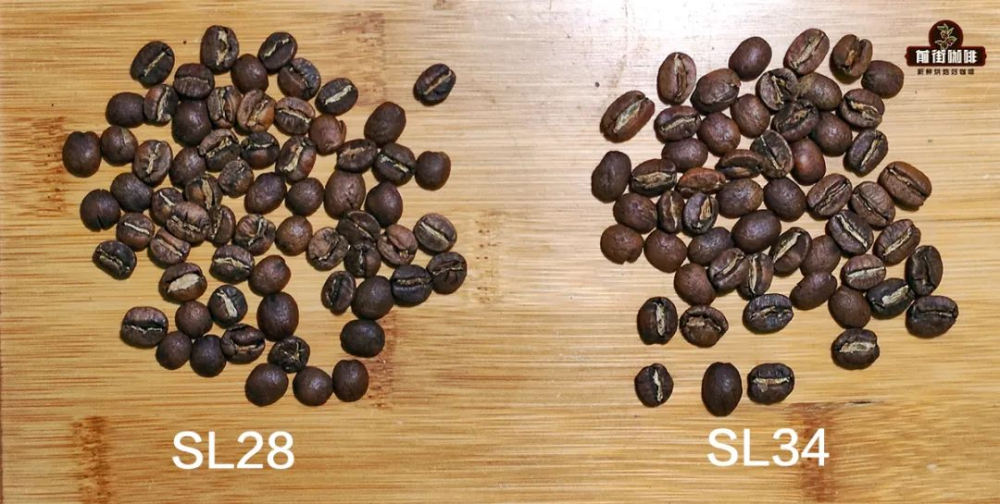
Kaddura Kaddura is a natural variety of bourbon. Kaddura plant branches are very close apart, the fruit size is smaller than bourbon, which makes the same space to produce more fruit, coffee fruit yield will be greatly increased. Kaddura's beans are similar to bourbon, but tend to be round, but slightly longer than bourbon, like a little fat oval.
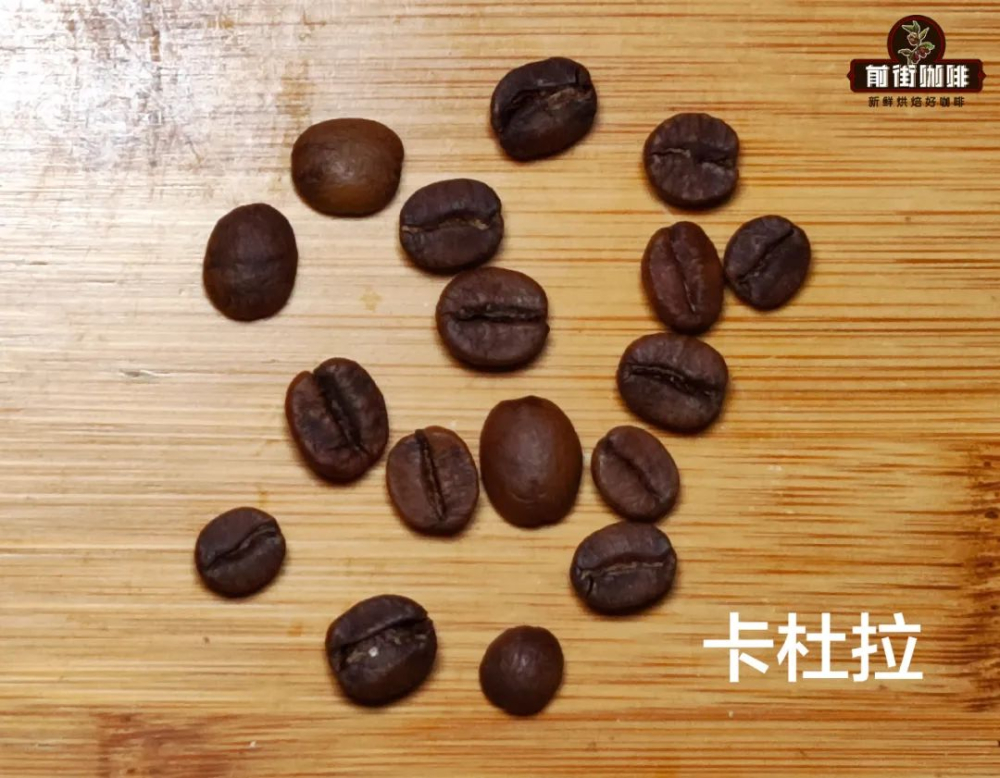
Kadu Ekaduai is an artificially bred hybrid between Kaddura and New World. The new world is the result of a natural cross between Bourbon and Sumatra iron pickup. So Kaduai has the genes of the iron pickup and is naturally expressed in the physical signs.
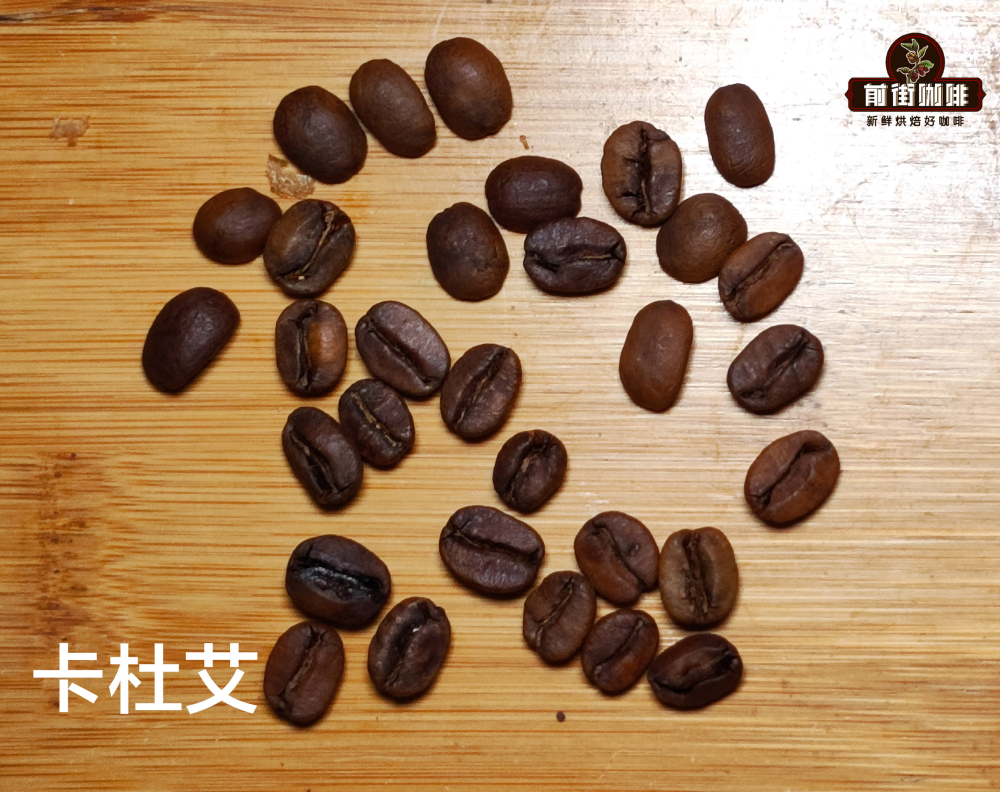
The Kaduai coffee beans are oval and flat in shape, while the tail part of the bean body is slender. In Central and South America, many producing areas will grow Kaddura and Kaduai together, so we can find some smaller round Kaddura and larger and longer Kaduai in Central and South America beans. Rose summer coffee believes that this is the most familiar variety, but many friends only hear its name but do not see its appearance, so Qianjie will talk about its characteristics. Take the rose summer of Panama as an example, because its recognition degree is the highest. Panama rose summer coffee beans have a slender body, pointed beans at both ends and plump in the middle, and ripe beans are a bit like sausage bags.
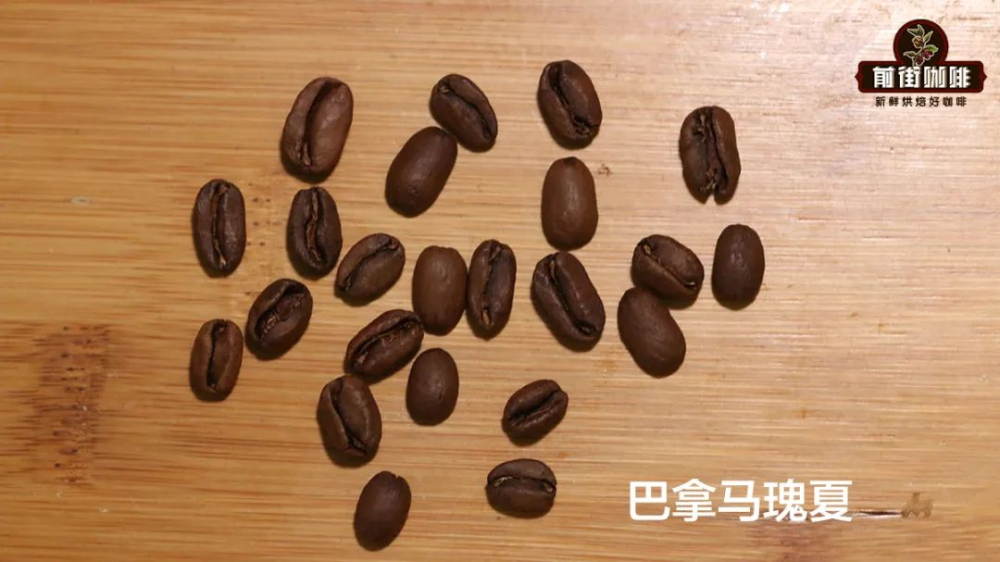
For example, in the beans of the butterfly, including Rosa, Kaddura and Kaduai, we will first clearly distinguish the large, long, pointed beans, which is the typical characteristic of Rosa coffee beans. Of course, the smaller Rosa coffee beans are slightly less recognizable, but if you look at them carefully, you can see that they are thin at both ends and full in the middle.
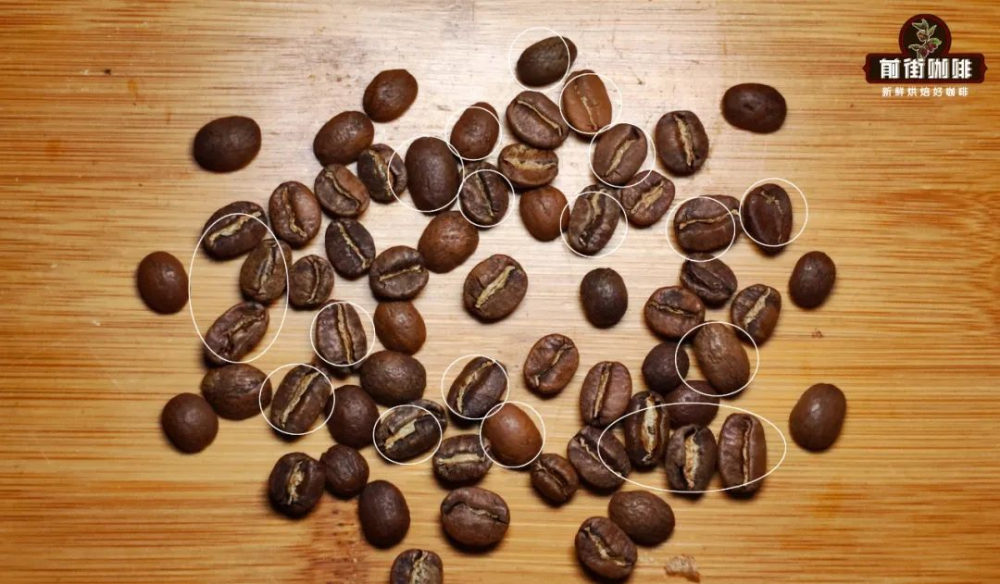
This feature does not apply in the rose summer of Ethiopia, because Ethiopia's rose summer coffee beans are famous in Panama rose summer, and then trace back to the forest sampled in Ethiopia that year, and then look for varieties in the forest that they think are similar in flavor to Panama rose summer. For example, the rose summer coffee variety of the Rose Summer Village Manor is called Gori Rose Summer and Rose Summer 1931. According to the historical data, the owner of the manor found a place called Gori Rose Summer Forest, thinking that this is where the British sampled and took the rose. so they also sampled here, and finally selected Rose Summer 1931, which was not selected for genetic identification, but to observe the plant shape, the shape of beans, and the flavor of the cup. From the sample, they think that this coffee variety is similar to the Panamanian summer. As for Gori Rose Summer, the owner reentered the Gori Forest in 2011 to find it. Even if they find the right place, there are thousands of varieties in the Rosa Forest, there is no guarantee that the varieties they are looking for are the Rose Summer of that year (T2722). Therefore, it is normal to have different bean-shaped characteristics, after all, they are not the same variety. Rose Xia Village in terms of size are too small, Rose Xia 1931 has a slightly convex tip at both ends, fat in the middle. Gori Rose Xia is oval and small.
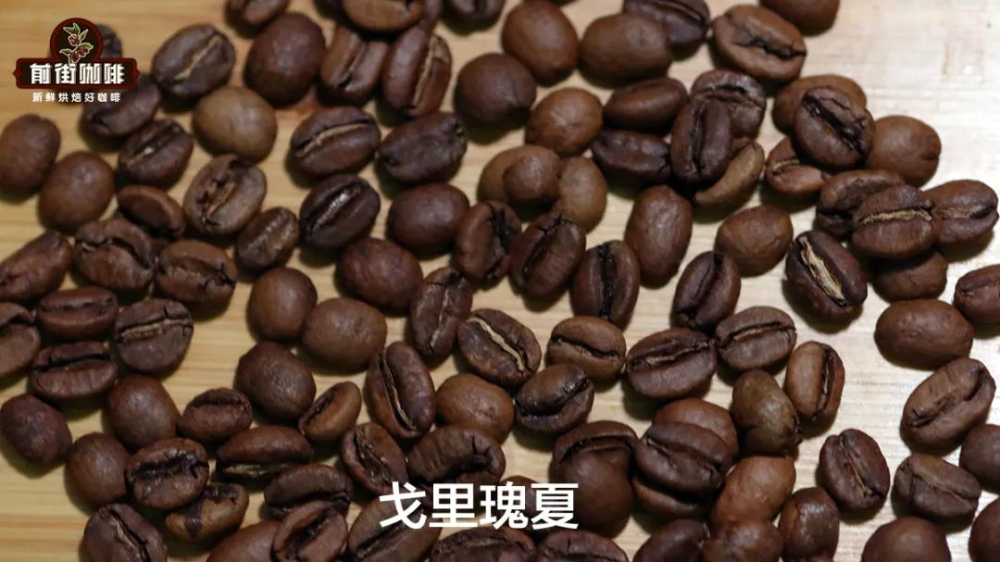
Important Notice :
前街咖啡 FrontStreet Coffee has moved to new addredd:
FrontStreet Coffee Address: 315,Donghua East Road,GuangZhou
Tel:020 38364473
- Prev

What is the channel effect of hand-brewed coffee? The solution to the emergence of channels for making coffee
Channel effect, Qianjie said more on the issue of espresso extraction. But the channel effect does not occur only in espresso extraction, but also in hand-brewed coffee, but you just don't notice it. Channel effect? According to convention, Qianjie still has to talk about what this "channel effect" is.
- Next

Introduction of coffee bean classification system in various countries in detail the coffee bean classification standards of Ethiopia and Kenya
A friend asked Qianjie, "Why are some coffee beans marked with AA, some with G1, and some with SHB? these letters seem irregular. How do I know which grade is high and which is low?" Why do you need grading? When we walk into the fruit store, we often see that the same fruit can be divided.
Related
- Beginners will see the "Coffee pull flower" guide!
- What is the difference between ice blog purified milk and ordinary milk coffee?
- Why is the Philippines the largest producer of crops in Liberia?
- For coffee extraction, should the fine powder be retained?
- How does extracted espresso fill pressed powder? How much strength does it take to press the powder?
- How to make jasmine cold extract coffee? Is the jasmine + latte good?
- Will this little toy really make the coffee taste better? How does Lily Drip affect coffee extraction?
- Will the action of slapping the filter cup also affect coffee extraction?
- What's the difference between powder-to-water ratio and powder-to-liquid ratio?
- What is the Ethiopian local species? What does it have to do with Heirloom native species?

